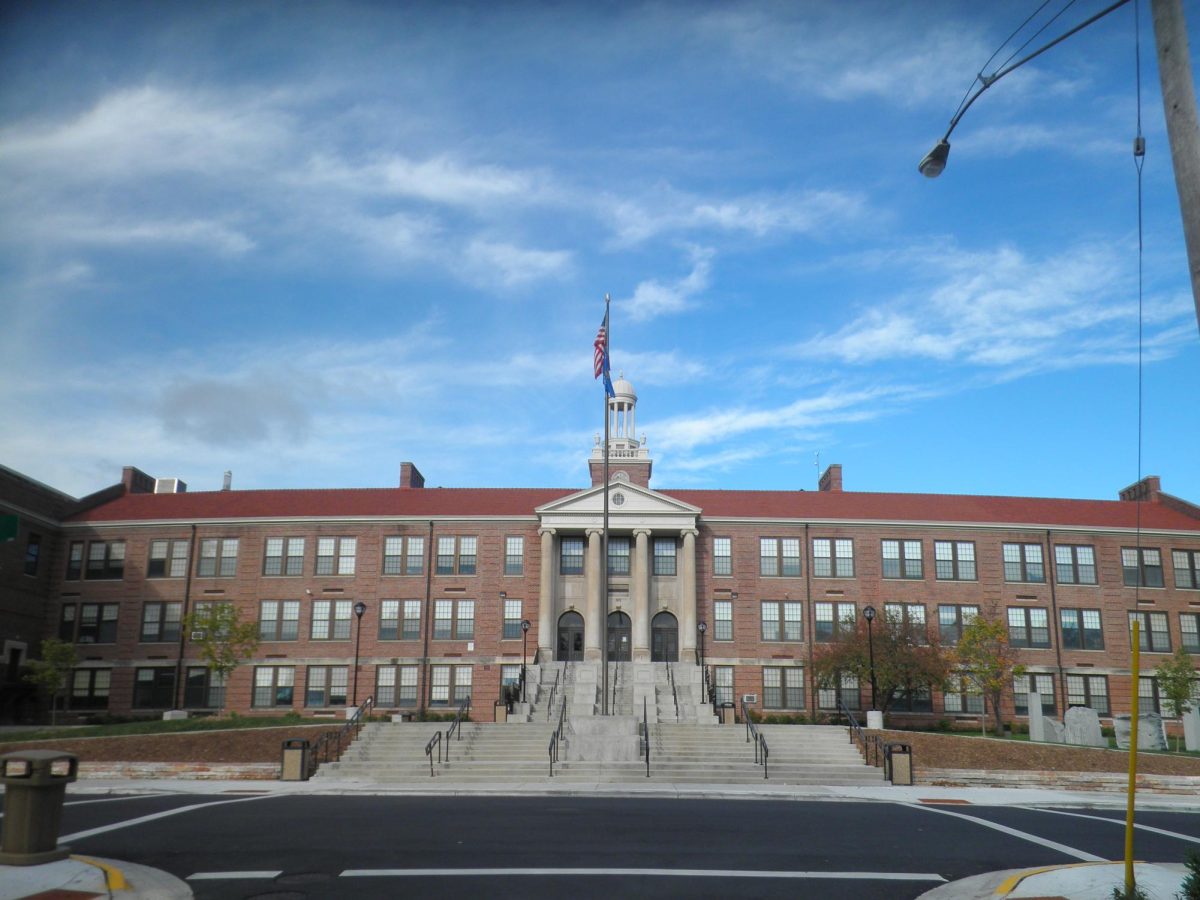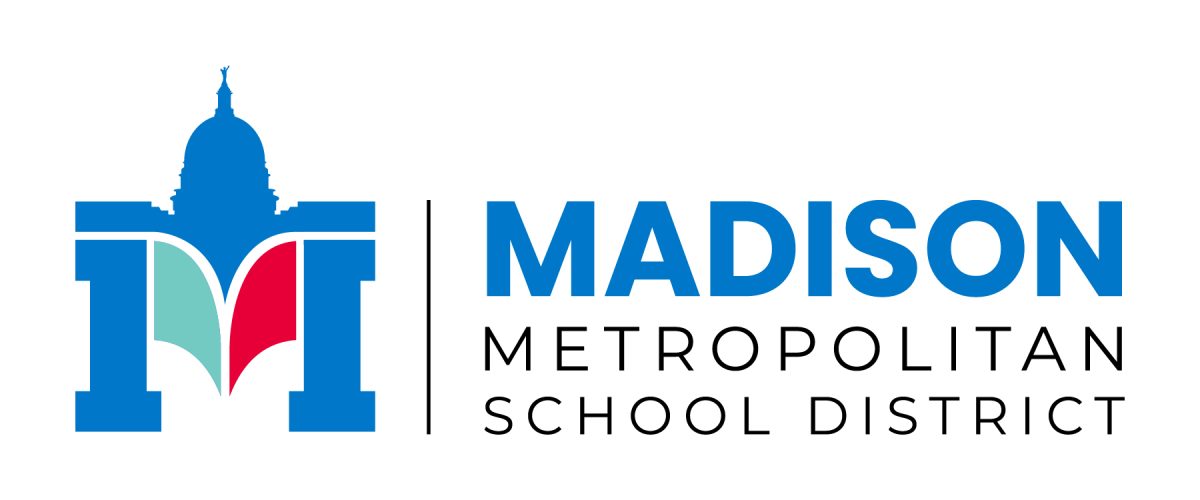Before you read this article, understand that this is simple from one person’s perspective, with one specific set of points of view, experiences, and background.
I was adopted from Vietnam when I was 19 months old. I have lived in Madison, Wisconsin ever since, and have loved it here. I love the people, the community, and the opportunities that Madison and UW have to offer. Particularly, I love the diversity. When finding a place to live and have children, my parents were adamant about a semi-large city, inclusivity diversity, and good education.
When I first heard about affirmative action, it was in a conversation with my parents in the car. I knew somewhat of what it was, but I hadn’t ever Googled the definition or asked about it in depth. I had only crossed paths with the words affirmative action in articles, news sources, and media pages. At the time, all I knew was that it was about colleges and universities, and the push for Black and Brown students to be accepted in more colleges, specifically over white people.
Affirmative action is something I think all colleges/universities should consider, if they haven’t already, simply for the fact that they never know who or what they could be rejecting. I know, many institutions have “reputations” and “specific demographics” when it comes to their student populations. Diversity, however, is a key benefit when it comes to learning new ideas, and positively shifting people’s way of thinking and living, and it has a hand in many of the things we do every day. With a diverse student body, colleges can expect to not just see one point of view, but also research, data, and experiences from more than just white students. My mom once told me, “There could be a little Black girl, in a poor neighborhood, with little to no support, but in her brain, she has the cure to cancer. But since she won’t have the resources and support she needs to get into a college, a medical program, and more, humanity will still suffer from cancer illnesses.”
When I think about that, I realize that without inclusion, diversity, with seeing all sides of the story, we collectively have an education system that will lose out on many possible answers and information. While I’m not saying I expect schools to know which of their applicants has the cure to cancer, I’m asking they consider the bigger picture before saying no to anyone, whether it be a poor Black girl, a rich Hispanic man, or a middle-class Asian person.
Other places I’ve seen relating to affirmative action are in the topic of SAT/ACT. Standardized tests like these are being less mandatory and not required for many schools, due to the research and statistics behind them. It’s no secret that tests like these require background, and built-in knowledge, and aren’t the kind of exams you can just “study” for. With that being said, many researchers have reported that marginalized, low-funded students have a huge disadvantage in comparison to their privileged (mostly white) peers. For these specific students (and not all of these include just Black and Brown people, there are poor and low-income white students too, and vice versa) the time and money are a huge setback. Many poorer (minority) students do not have the resources like tutoring, school supplies, and study time as their more privileged peers do. Kids of middle, upper-middle, and higher classes have the money and time for private tutoring, tutoring programs, time after school, and sports to study. On the other side of the line, students have to work after school, whether to save money, support their families, or in some cases, go home to help their parents take care of younger siblings, etc.
One thing I do appreciate (and the school should definitely keep doing this) is the adaptation of giving schoolwide laptops. In an article from The Economist, Richard Kahlenberg wrote about how affirmative action should be based on class, not race. When we exclude the color of one’s skin, we focus on how much money they have, and this doesn’t work in cases where an affluent Black or Latino student gets the acceptance letter, rather than a poor white kid. Asian students are not a minority when it comes to universities, but we are still a minority race overall.
In general, I think affirmative action should be in place for most if not all colleges and universities, but should be structured in a way where it isn’t just for diversifying, but it’s also about the character and credentials of the applying students. Washing away everything just for skin color isn’t the right thing to do, nor is it fair to both white and students of color, because white kids get excluded simply because they are white, and automatically assumed more privileged, and Black and Brown students don’t get to show off the rest of their credentials and achievements, because being a minority has already gotten them the checkmark.





















































